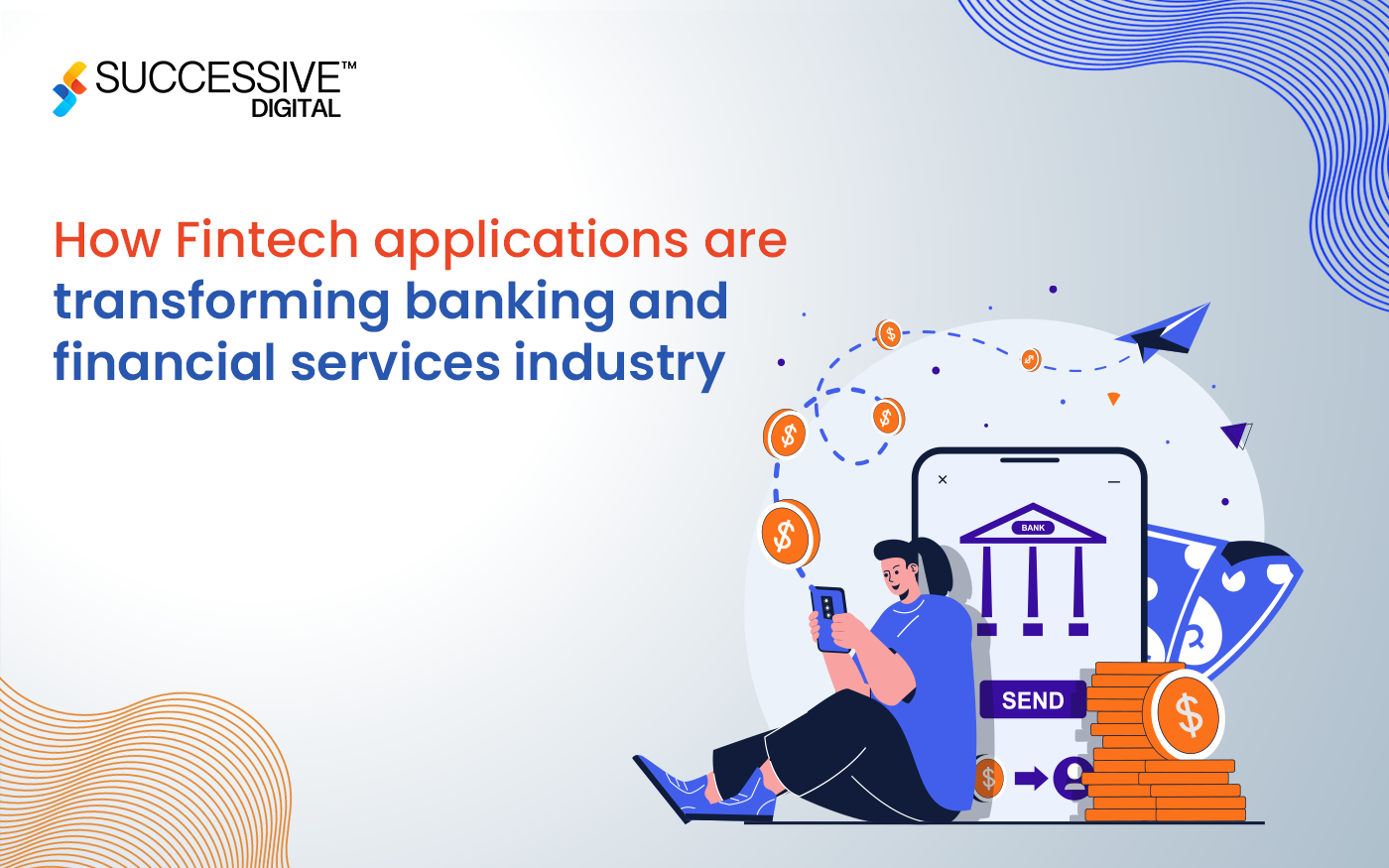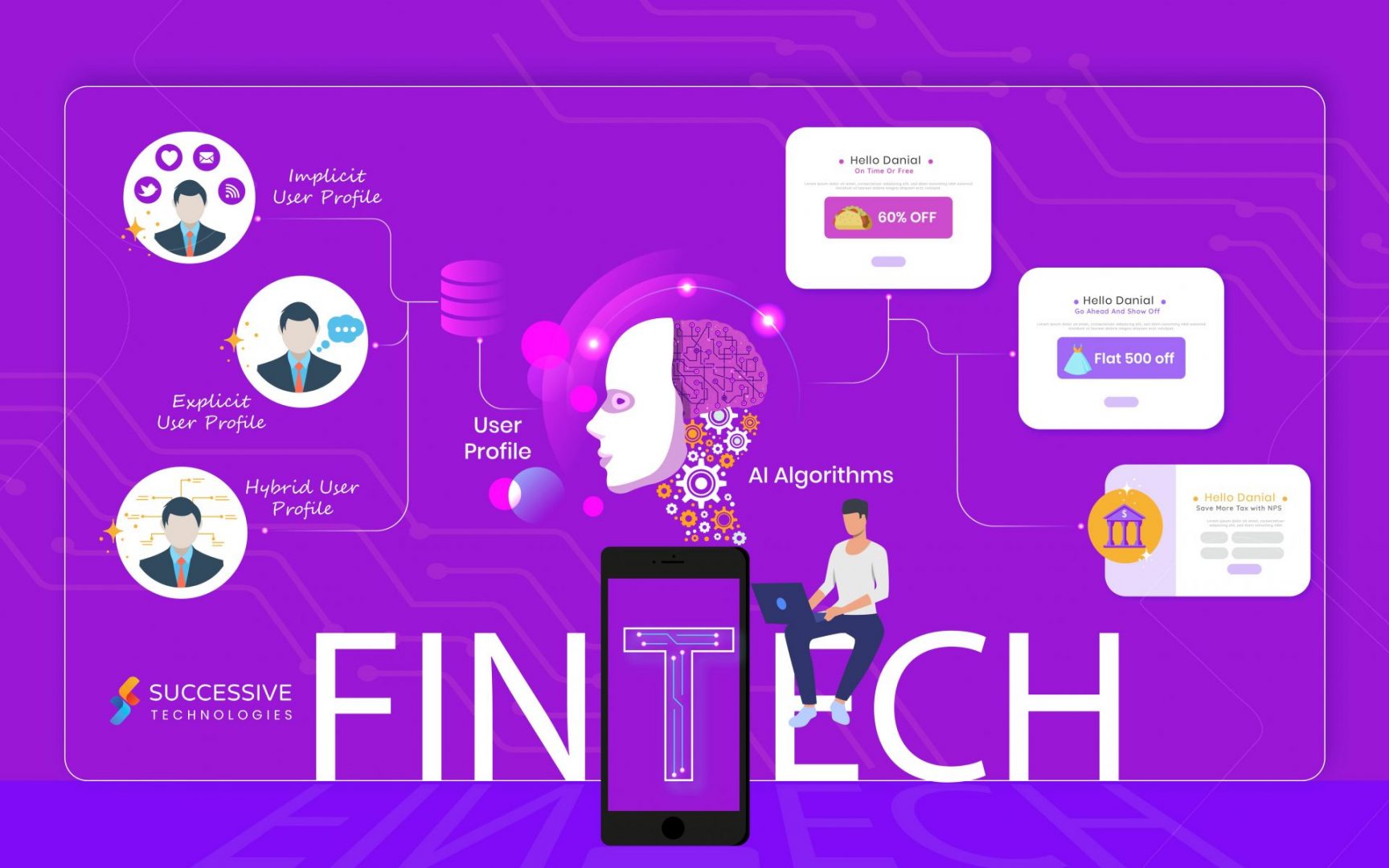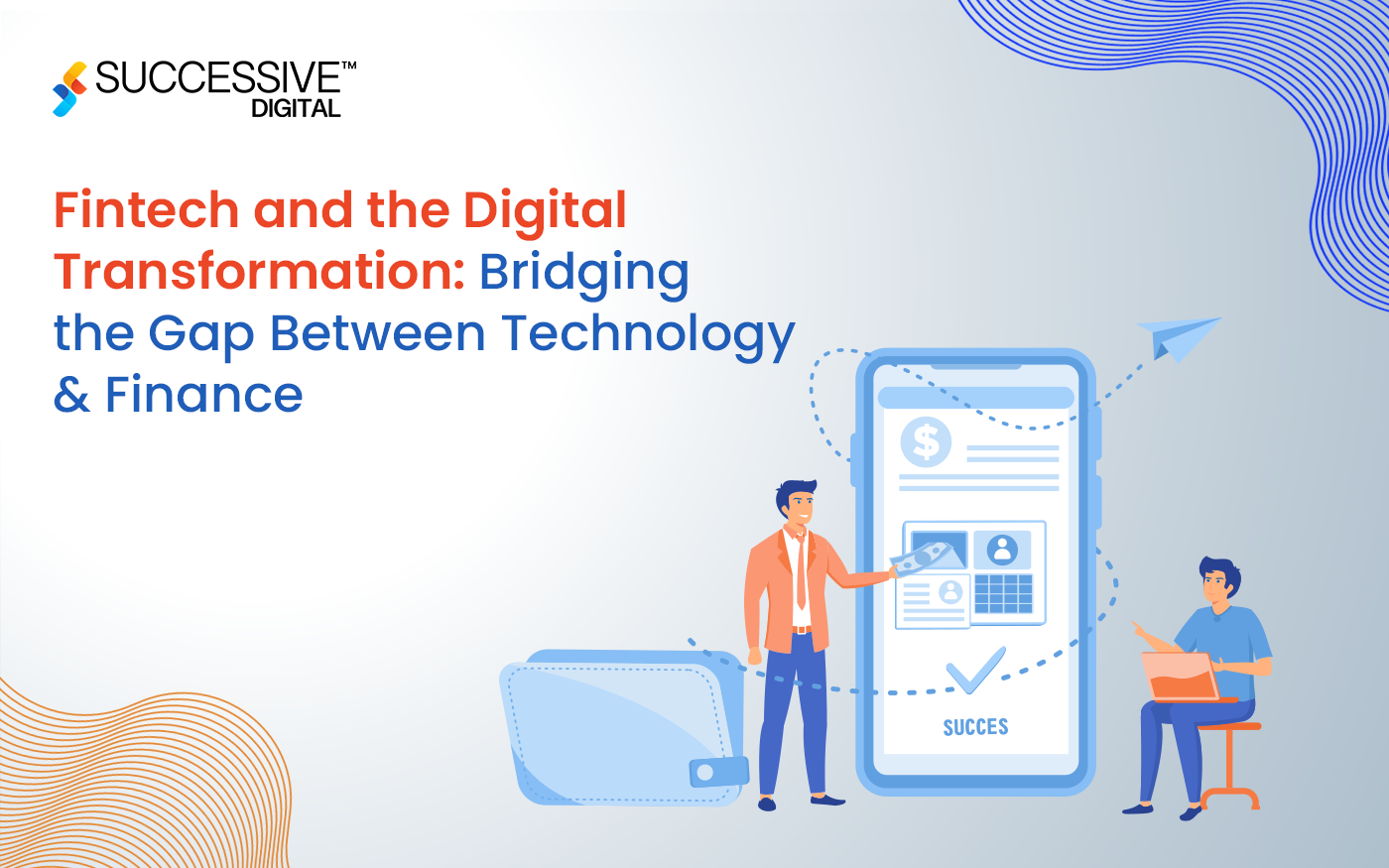In recent years, the fusion of artificial intelligence (AI) and digital finance, frequently termed fintech, has sparked a transformative shift within the global banking space. The rapid evolution of emerging technologies has revolutionized the delivery of financial offerings, supplying users with better and more convenient solutions to their financial needs. While conventional banking establishments increasingly adopt digital-first methods, AI emerges as a catalyst for innovation, efficiency, and customer-centric transformation. This integration of AI and fintech heralds a profound change in banking, wherein records-driven insights, automation, and personalized analytics redefine the dynamic between banks and their customers.
The onset of digital transformation in banking has amplified this paradigm shift, triggering seismic upheaval in the way banking services are accessed, processed, and consumed. The proliferation of mobile devices, digital channels, and data explosion have provided financial institutions reimagining traditional banking processes. Against this backdrop of technology reinvention, AI is still at the forefront, empowering banks to deliver the most powerful financial experience using statistical analysis, mechanisms of discovery, and natural language processing (NLP) capabilities to drive innovation and create quantitative value.
Smart Banking: 5 Ways AI is Transforming the Fintech Landscape
Enhanced Customer Experience:
In banking, AI has revolutionized how financial institutions engage with their clients and increase consumer experience. AI-powered solutions enable banks to offer personalized, seamless, round-the-clock services tailored to individual needs and options. By leveraging AI algorithms, banks can analyze a large number of customer facts, including transaction history, spending patterns, and communication interactions, to gain deep insights into client behavior and predict their future needs proactively.
Through AI-powered chatbots and virtual assistants, clients can access real-time aid, achieve the latest information, and perform transactions readily, putting off the want for prolonged wait times or navigating complex IVR systems. These virtual assistants are equipped with NLP competencies with intuitive and human-like interactions that enhance consumer satisfaction and engagement. Furthermore, AI permits banks to deliver focused product recommendations, personalized offers, and tailored economic advice primarily based on every customer’s specific economic desires and requirements.
Moreover, AI-driven interfaces provide intuitive and frictionless experience across diverse digital channels, along with mobile apps, websites, and social media platforms. By imparting personalized and contextually relevant engagement, banks can enhance client loyalty, increase retention rates, and foster deeper relationships with their user base.
Risk Management and Fraud Detection:
Risk control and fraud detection have undergone a giant transformation with the use of AI within the banking space. AI-powered solutions have revolutionized conventional threat evaluation methods by permitting institutions to research large mount of data in real time, identifying dangers and fraudulent activities with unprecedented accuracy and pace.
Machine learning (ML) algorithms, a subset of AI, play a pivotal role in risk control by continuously getting to know from records patterns and user’s ancient behaviors to mitigate potential threats. These algorithms can discover anomalies, uncommon transactions, and suspicious activities that could indicate fraudulent behavior, allowing banks to take immediate action to shield their clients’ assets and maintain the integrity of the monetary system.
Using data analytics and predictive modelling methodologies, banking establishments can compare people’s creditworthiness, marketplace fluctuations, and optimize funding portfolios to mitigate challenging situations while maximizing returns. Additionally, AI augments fraud detection abilities by identifying doubtlessly fraudulent transactions, verifying identities, and bolstering cybersecurity protocols through techniques with biometric authentication and behavioral analysis.
By leveraging AI-powered fraud detection systems, banks can considerably lessen economic losses, keep trust within the banking gadget, and shield the interests of their customers and stakeholders.
Streamlined Operations and Cost Reduction:
Streamlined operations and cost reduction are pivotal aspects of digital transformation that potentially benefit the banking sector. With AI-powered solutions, financial institutions undergo a transformative technique in optimizing their inner approaches, enhancing performance, and minimizing operational charges. AI automates recurring tasks, from records access and document processing to transactional operations, notably reducing mistakes and processing instances. Banks can attain extra operational performance, streamline workflows, and allocate assets more efficiently by deploying AI-driven automation throughout back-office operations.
This no longer only accelerates operations but frees up human capital to put attention more on customer experience responsibilities, including strategic choice-making and purchaser engagement. Furthermore, AI allows predictive protection, permitting banks to perceive capacity bottlenecks, expect operational troubles, and optimize resource usage in real time.
By harnessing predictive analytics, financial establishments can forecast and manage inventory tiers and maximize delivery chain operations, thereby lowering wastage costs. AI-powered insights empower banks to become aware of new possibilities for process optimization, do away with redundant tasks, and put in force cost-powerful measures throughout the enterprise. By constantly studying operational statistics and performance metrics, banks can pick out areas for development, optimize helpful resource allocation, and force efficiency gains throughout the value chain. Overall, the integration of AI streamlines operations complements productivity, and enables banks to achieve sustainable cost reductions and competitiveness within the industry.
Personalized Financial Planning and Advisory:
Personalized economic planning and advisory services are revolutionized by introducing AI into the banking sector. Through AI-powered algorithms and advanced data analytics, banking establishments can offer tailored economic recommendations and advice based on individual user’s desires and goals.
To generate personalized insights, AI-powered planning platforms examine extensive amounts of customer data, transaction records, spending styles, and investment preferences. These platforms leverage ML algorithms to apprehend user behavior and long-term monetary goals, allowing banks to offer custom-designed investment solutions, retirement plans, and wealth management options.
Moreover, robo-advisors offer automatic portfolio control services based totally on predefined parameters and funding algorithms. These robo-advisors continuously monitor market trends, alter funding allocations, and rebalance portfolios to optimize performance and limit hazard while providing an unbroken and intuitive user experience.
AI-enabled chatbots and virtual assistants provide customized monetary recommendations and assistance, guiding clients through numerous economic selections, which include budgeting, savings desires, and debt management. By combining AI-powered analytics with human know-how, banks can deliver complete and personalized financial planning plans that empower clients to make informed selections, attain their monetary desires, and secure their future.
Product Innovation and Market Competitiveness
Digital transformation in banking along with rise in adoption of Ai has profoundly influenced product innovation and marketplace competitiveness. AI-driven financial solution enables financial companies to introduce progressive services and products that cater to evolving customer wishes and preferences, enhancing their competitive role within the market.
AI-powered predictive analytics and ML algorithms analyze customer data, which include consumer insights, market traits, and competitor behavior, to perceive rising opportunities and gaps in the marketplace. By leveraging these insights, banks can broaden novel product offerings, such as personalized banking, digital lending systems, and frictionless payment solutions, that differentiate them from competitors and resonate with customers.
Moreover, AI allows agile product development methods, enabling banks to prototype rapidly, look at outcomes, and release new solutions in response to changing marketplace dynamics and consumer demands. By embracing AI-powered innovation, establishments can shorten time-to-market, accelerate innovation cycles, and keep an aggressive facet in a more dynamic and fast-paced landscape.
AI in the banking industry complements customer engagement and experience by delivering personalized product solutions tailored to individual’s options and behaviors. Banks can attract and maintain clients, gain consumer loyalty, and improve their market position through AI-driven marketing campaigns. Ultimately, the combination of AI fosters a subculture of innovation and competitiveness in the banking space, driving continuous improvement and cost benefits for both users and stakeholders.












